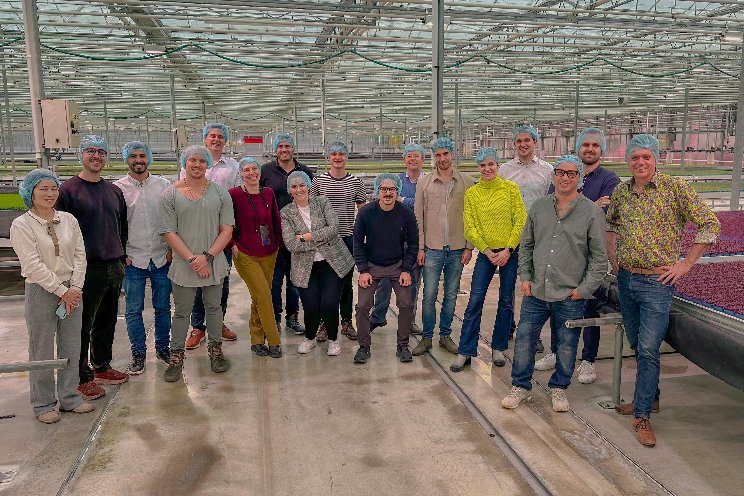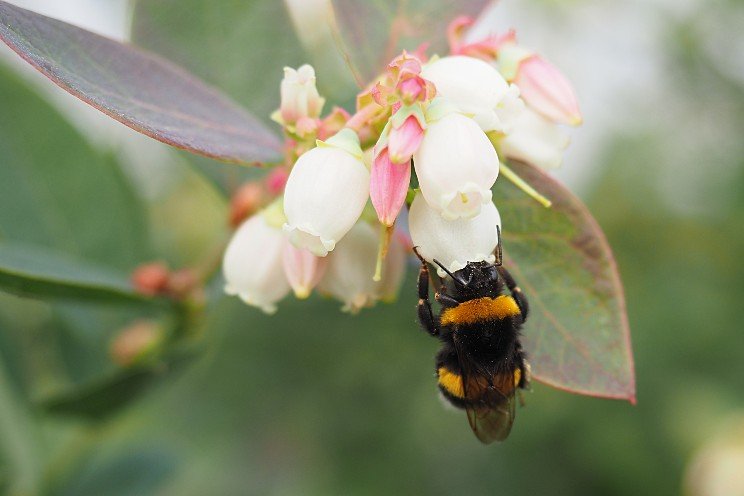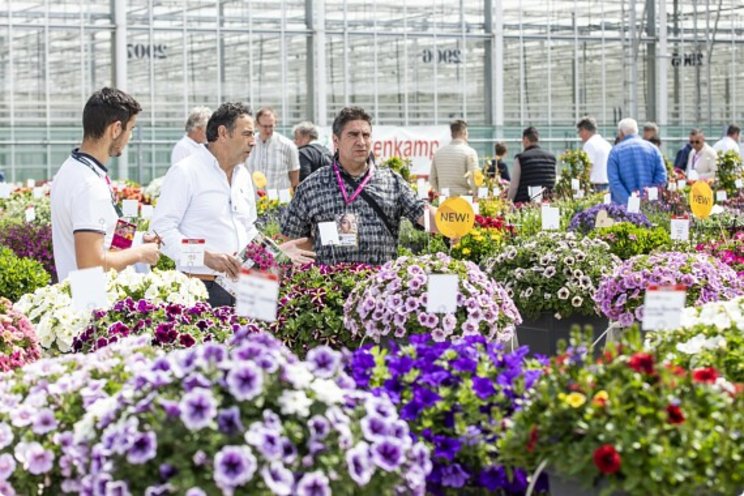New insights for habitat restoration in a changing climate
Added on 15 November 2023

Study on Haleakalā Silversword: Focused on this native Hawaiian plant, the study reveals varied survival rates across different climatic conditions.
Contrast with Standard Models: Empirical results challenge common assumptions in standard species distribution models (SDMs).
Implications for Restoration Efforts: Findings suggest new areas for successful restoration, differing from current predictions.
Rethinking Climate Adaptation for Native Species
A groundbreaking study led by Krushelnycky et al. in 2023 presents a new approach to understanding habitat suitability in the face of climate change. This study, focusing on the Haleakalā silversword, a native Hawaiian plant, utilized a network of out-plant plots across Haleakalā volcano in Hawaiʻi. Over approximately five years, the team observed varying survival rates closely linked to specific climatic factors like rainfall and air temperature.
Beyond Standard Models
Species distribution models (SDMs) based on occurrence data are used to evaluate climatic suitability. However, these models often suffer from inaccuracies due to disequilibrium dynamics and limitations in identifying suitable climate regions outside the current range. The empirical approach used in this study, which involved testing performance with experimental introductions, provided a more accurate model of climatic suitability for restoration or translocation activities.
Photo by Martin Zangerl on Unsplash
More news















